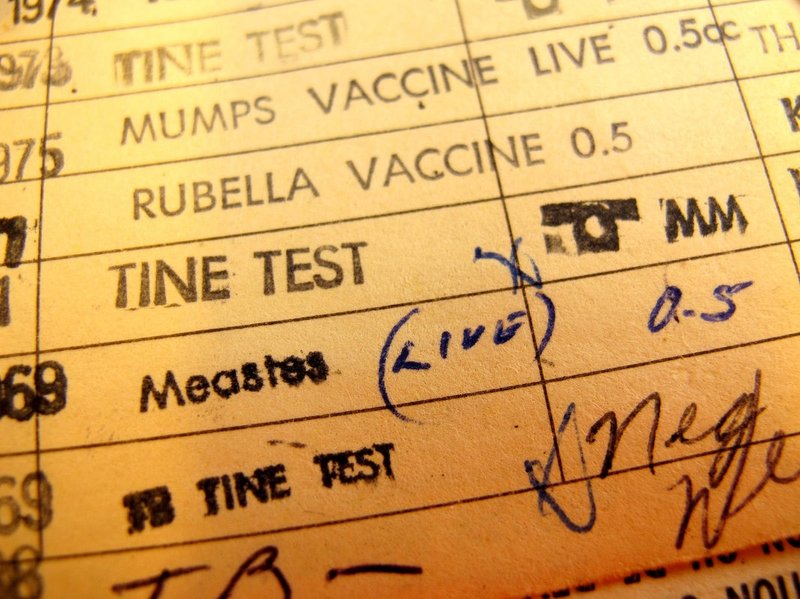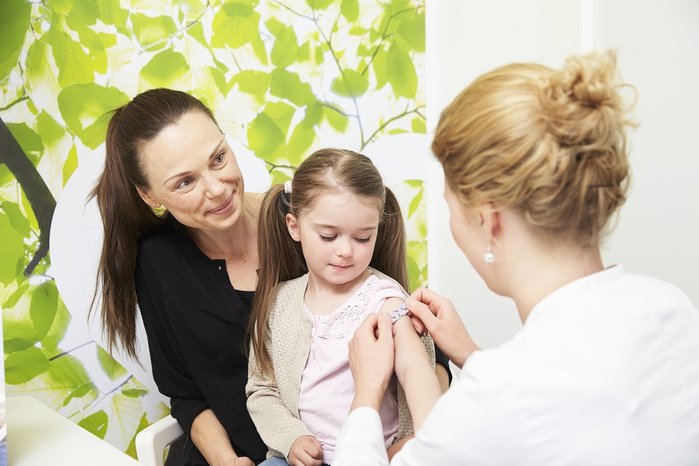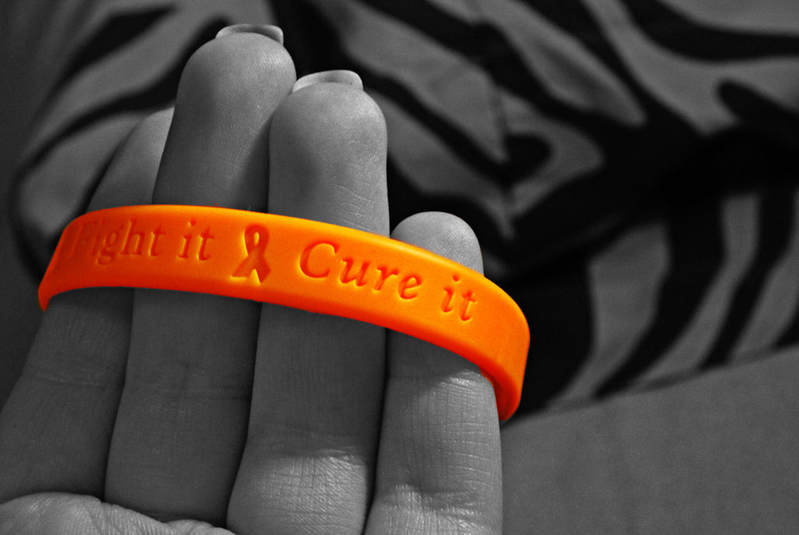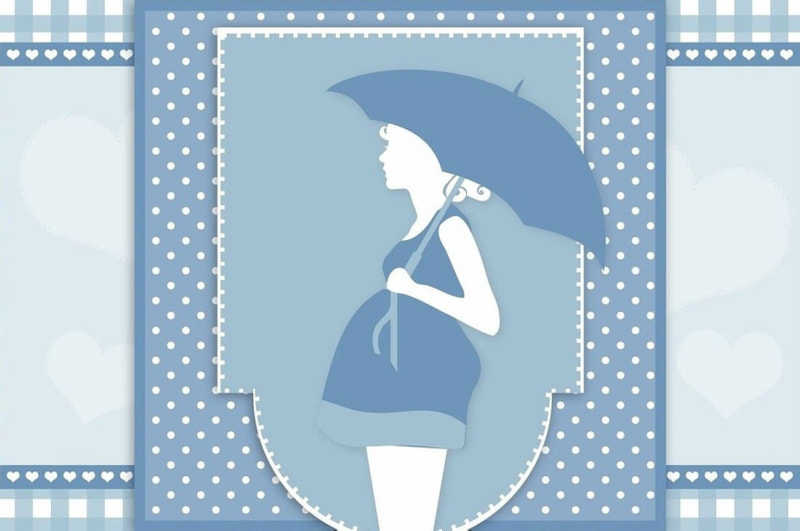Most U.S. Adults Deem Mumps, Measles, Rubella Vaccination Worth the Risk
While almost all private and public schools require a certain level of immunization for children, some parents are still hesitant to take their children to get vaccinations. Heated debates on media and rumors about how vaccines could debilitate young children make some parents think twice before they make a final decision.
One common vaccine that schools require is the Measles, Mumps, and Rubella (MMR) vaccine. This particular vaccine made headlines when a research study reported its association with autism in the 1998. This statement, however, was proven false, and the Centers for Disease Control and Prevention (CDC) and Johns Hopkins Bloomberg School of Public Health confirm the vaccine’s safety.
At least two doses of MMR vaccine are recommended for children. The first dose should be received between 12 to 15 months of age. The next dose is recommended to be given at the between the age of four and six. The MMR vaccine can be given with other vaccines at the same time. Some health professionals may recommend a vaccine called MMRV, which addresses both MMR and varicella (chickenpox).
One common vaccine that schools require is the Measles, Mumps, and Rubella (MMR) vaccine. This particular vaccine made headlines when a research study reported its association with autism in the 1998. This statement, however, was proven false, and the Centers for Disease Control and Prevention (CDC) and Johns Hopkins Bloomberg School of Public Health confirm the vaccine’s safety.
At least two doses of MMR vaccine are recommended for children. The first dose should be received between 12 to 15 months of age. The next dose is recommended to be given at the between the age of four and six. The MMR vaccine can be given with other vaccines at the same time. Some health professionals may recommend a vaccine called MMRV, which addresses both MMR and varicella (chickenpox).
Although clinically proven safe, the MMR vaccine may have minor side effects. Most infants and young children do not suffer serious problems after vaccination. However, mild rash, temporary pain, or fever are some common, but very mild, side effects. In addition, the risk of febrile seizure is slightly increased after the first vaccination, but the risk is still small. Currently, there is only one MMR vaccine, the M-M-R II, approved by the Food and Drug Administration for individuals at least 12 months old.
According to a new Pew Research Center survey, the 88% of respondents have indicated that the benefits of vaccination are high and rated the risks low. Interestingly, this consensus is shared by both Republicans and Democrats, a finding that suggests the majority of Americans have confidence in immunizing their children. However, some groups still become a part of the demographic that express concerns about the MMR vaccine.
The Pew Research Center’s survey indicated several factors that seemed to be correlated with the responses: age of children, amount of science knowledge, race/ethnicity, use of over-the-counter medication, and use of alternative medication. Parents that have younger children (less than four years old) and less science knowledge believed that there were more risks involved. Compared to the Hispanic or White population, the African American population showed an inclination towards seeing a greater risk. The groups that never took over-the-counter medicine or those who relied on alternative medicine instead of conventional medicine were also more likely to view the MMR vaccination dangerous.
The prime reason schools require vaccination is to establish herd immunity. To protect a large population from a disease, mass immunization must happen. Safer environments undoubtedly should be expected and required for growing children. Not vaccinating one child may put multiple children in danger. In order to protect their futures, schools should attempt to educate the parents about vaccines and raise the awareness of its benefits.
According to a new Pew Research Center survey, the 88% of respondents have indicated that the benefits of vaccination are high and rated the risks low. Interestingly, this consensus is shared by both Republicans and Democrats, a finding that suggests the majority of Americans have confidence in immunizing their children. However, some groups still become a part of the demographic that express concerns about the MMR vaccine.
The Pew Research Center’s survey indicated several factors that seemed to be correlated with the responses: age of children, amount of science knowledge, race/ethnicity, use of over-the-counter medication, and use of alternative medication. Parents that have younger children (less than four years old) and less science knowledge believed that there were more risks involved. Compared to the Hispanic or White population, the African American population showed an inclination towards seeing a greater risk. The groups that never took over-the-counter medicine or those who relied on alternative medicine instead of conventional medicine were also more likely to view the MMR vaccination dangerous.
The prime reason schools require vaccination is to establish herd immunity. To protect a large population from a disease, mass immunization must happen. Safer environments undoubtedly should be expected and required for growing children. Not vaccinating one child may put multiple children in danger. In order to protect their futures, schools should attempt to educate the parents about vaccines and raise the awareness of its benefits.
RELATED ARTICLES
|
Vertical Divider
|
Vertical Divider
|
Vertical Divider
|






